The world is an amalgamation of hundreds of cultures, their colours coming together and morphing the global canvas into an abstract artwork. As the global stage becomes more cosmopolitan with time, the rigid cultural and geographical boundaries that separate artistic languages slowly blur. What emerges as the protagonist, in the contemporary world, is plurality—with respect to lifestyle, cultures, and even design. With this plurality as the foundation of their ethos, Doshi Levien, the internationally renowned design studio helmed by Nipa Doshi and Jonathan Levien, conceives designs through a cross-cultural lens. These references emerge in their creations almost as an ode to their diverse upbringings and propensities. “It is really important to us that our references are not just rooted in European design but also look at design cultures from around the world,” says Nipa Doshi, designer and co-founder of Doshi Levien, in an interview with STIR. “And I think particularly for me, coming from India, India is not only a huge source of inspiration but also a huge foundation of my work,” she adds.
An extension of this perspective, the London-based design studio unveils Kinari collection, a series of furniture designs that feature an infusion of vivid colours into dark wood and its monolithic volumes. Indian craftsmanship, mosaic floors, and intricately handwoven silk sarees with decorative borders become muse for the sensual furniture compositions. Developed for Galerie kreo, the designs partaking in the collection—including a coffee table and a console—are limited-editions with just 12 pieces. “With almost all of our projects, they always start from an artistic point of view or a way of looking at things. And I think for the Kinari Collection, the starting point was also rooted in materiality,” shares Doshi. “But I think the hero of the collection is this Kinari, the band of colours that surrounds each piece,” adds Jonathan Levien.
An ode to the traditional Kinari
The word Kinari translates to ‘an edge’ and is also used to label the celebratory, colourful, and decorative details that embellish the edge of textile designs in India. Justifiably so, the Kinari collection illustrates an exploration—and an interpretation—of the term and the possibilities it encompasses. The design evolution of the wooden furniture takes place in conjunction with the designer duo’s pursuit of what a border or Kinari is and what it signifies—an idea that is rooted deeply in cultural Indian observation of textile and material. “The objects equally remind me of a time when all the furniture in our home was made by hand and we grew up with a lot of solid wood furniture,” shares Doshi. “So it was this contrast of having beautifully crafted furniture and dark wood and the beauty of the textiles and the sarees; also of the time when almost everything we wore and everything that we lived in was made specifically for us,” she adds.
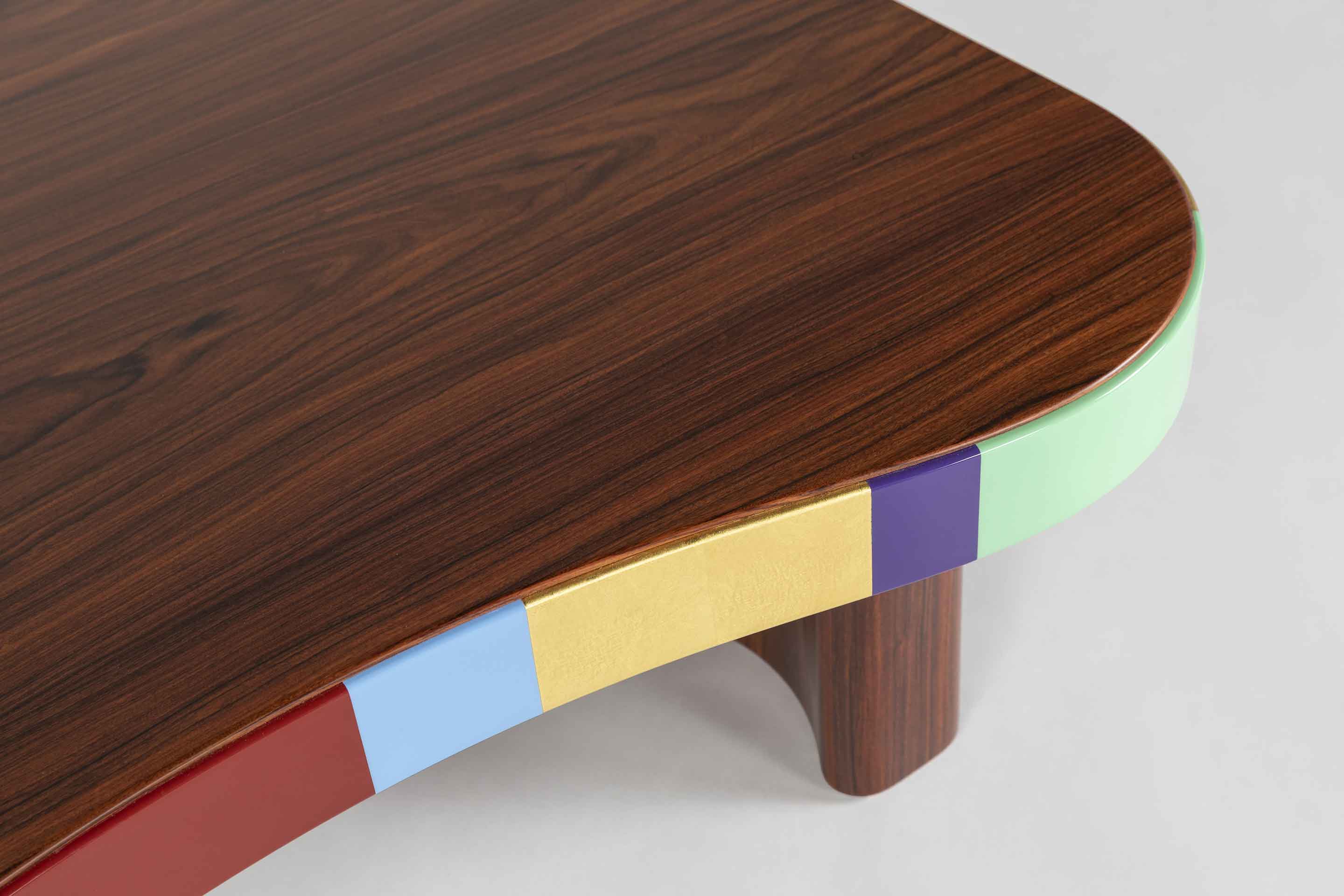
A ceaseless pursuit of contrasts and their harmony
The element of contrast and its subsequent trailing finds eminence in a lot of Doshi Levien’s creations. “Of course, there is a contrast in our partnership, but it also runs through our work,” says Doshi. The Kinari collection is a realisation of the designers’ wish to spotlight the diverging materialities of wood and lacquer—the contrast between the monolithic wooden volumes and the melodic, rhythmic, and light sentence of colours that circumscribes them. Colour—the essence of these sensual compositions—is not just a mere design element, rather it wafts as a euphony, entwined in its musicality and rhythm. “We have a library of about 300 colours that we mix in the studio. So we're not just picking, we are mixing the colours that we put into our colour library,” shares Doshi. “There's a lot of work that's gone into the combination of colours and the contrast tone, the punctuation with gold,” she adds.
Joy with restraint
The designer duo epitomises a sense of deep and evocative beauty in the Kinari ensemble—a beauty that instigates an instant feeling of love before one moves on to the pragmatic scrutiny. With immaculately oiled wooden surfaces that elicit memories of touch and the gloss lacquer colours reminiscent of the rich Kanjivaram saree borders, the endearing product design is a walk down the memory lane. “I feel that through a piece you can celebrate the beauty of the world that we live in, and in our case, it manifests itself in an object or in a thing,” explains Doshi.
But the joy and the celebration come with a considered restraint—an essential equaliser. This inhibition lies in the deliberation put into the juxtaposition of colours and the research-based approach that coexists with sheer joy and love for colour. “When you see Kinari, it is not all colourful, the restraint is in the material, the restraint in the amount of colour that we used as well,” says Levien. Often when people think of Indian design, they think of abundance—of colour or embroidery—and visualise everything loaded into one piece. In the case of the Kinari collection, the furniture designers ensured that elements came together with consideration. A delicate balance ensues, almost like a beautiful Rabari woman vivifying a muted desert with a splash of colours. “It's not about making everything colourful and maximum. It's about questioning how much colour do we use and how do we create contrast with a surface of wood?” states Doshi.
Material, not an afterthought of design
Material, rather than being an afterthought, is deep-seated in Doshi Levien’s design process—sometimes finding itself on the helm. In a fluid course of action, the materiality, colour, and application of the piece are just as important as the form—each intrinsically linked to the other. “Actually, if you see our drawings and our sketches, the material and the colour is there in the first sketch,” mentions Doshi. Every project conceived by the designers is mocked up with prototypes in the studio, sometimes also in materials that will not be eventually used. For Kinari, the initial prototype was made using cardboard, a material with a distinctive identity and an inclination to move in a certain way. The process of prototyping extracts a design language from the materials, iterating that concepts and materials are not disassociated facets of design after all. “We think with our hands. And you cannot separate making from thought, they are a united process,” says Levien. This hands-on methodology operates in alliance with a visual one, unearthing beauty in the mundane. “When it goes into production, obviously there's engineering involved, there's problem solving in terms of the thickness of the material, whether the material is plastic or wood. And often we work with companies that also have very strong rules in making,” says Doshi.
Furniture: a sculpture, a space, a garment
The Kinari collection is, above all, the interlacing of Doshi Levien’s singular artistic sensibilities and the prerequisite of furniture design: functionality. As designers, fulfilling the practical needs of a design is indispensable, but for Doshi Levien, that is not where their journey begins. The innate—but overlooked—capacity of objects to carry a narrative beyond just performing basic function is explored, and exploited. “What is a chair, for example? Is it just something to sit on, or is it something that frames the person who is sitting in it? How does the chair make you feel when you sit in it? Do you feel important or do you feel diminished?” questions Levien. Furniture comes forth as a multifaceted space one inhabits, embodying art with function and culminating in objects that one cherishes. “We are not only working to satisfy the need to make a chair because there are enough chairs in the world. But what is really important to us is that we make pieces that you want to keep in your family; the more they age, the more you love them,” Doshi expresses.
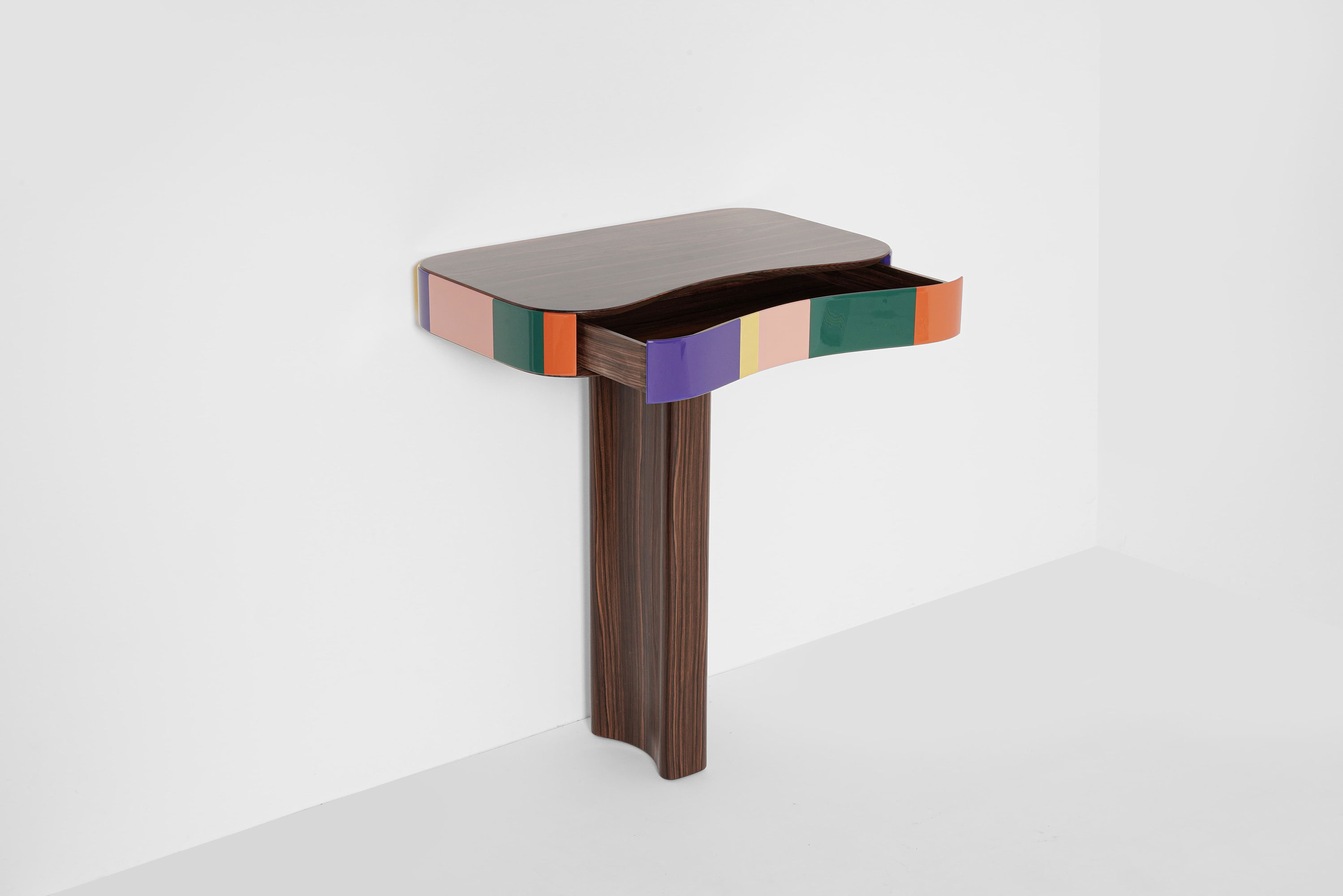
Plurality—in backgrounds, approaches and designs
Plurality is a cornerstone of not just Doshi Levien’s design practice, but also their partnership and synergy. Hailing from different backgrounds and developing distinct views as designers, the course of creation involves manoeuvring around and reconciling these differences. “The advantage of being a partnership is that there is always a process of translating each other's ideas. And it's in that process where the really interesting stuff is happening,” says Levien.
The Kinari collection—vacillating between tradition, contemporary design, and craft—is an extension of the complex plurality that resides in the designers independently and as a team. “I think that there is plurality in our work which reflects the plurality of the world that we live in. It's important not to make it so east and west; there is east in the west and there is west in the east,” shares Doshi. Evocative of a period of elegance rooted in craftsmanship, the Kinari collection signifies a continuing crusade of blurring supposed geographical, cultural, and artistic boundaries; Doshi Levien’s reminder to view the world not as black and white, but as a spectrum of immeasurable colours.






 Sign in with email
Sign in with email


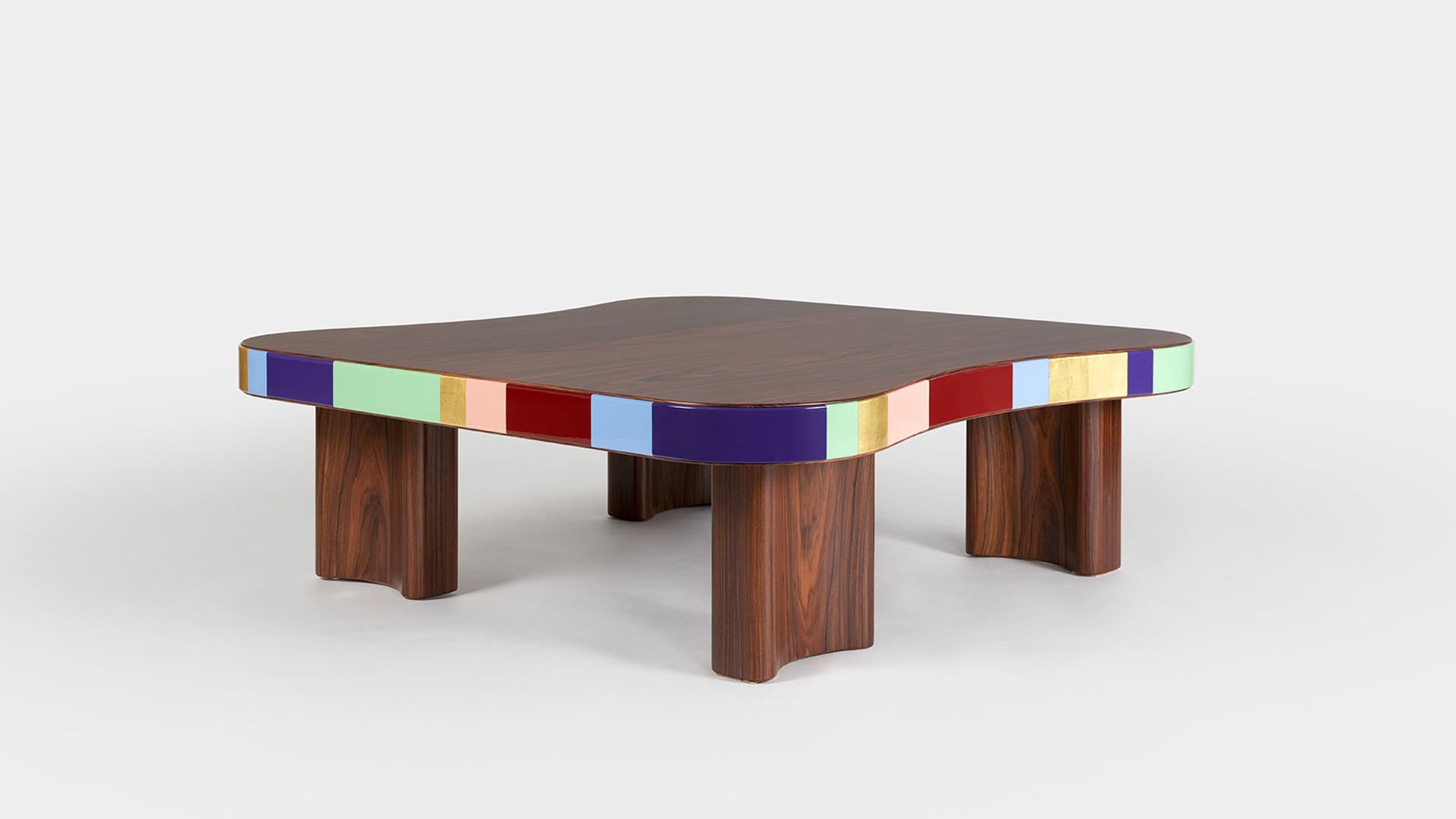
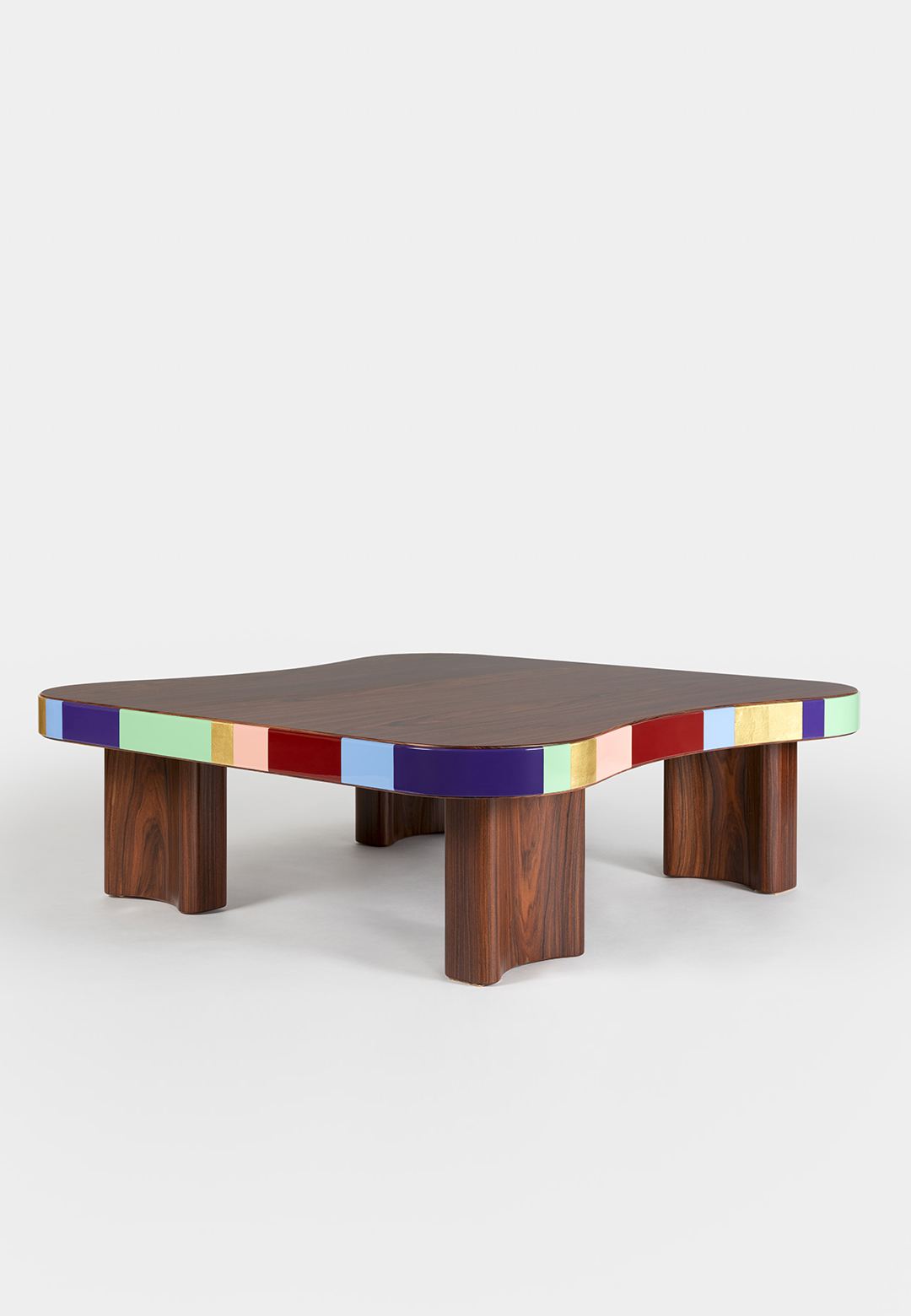
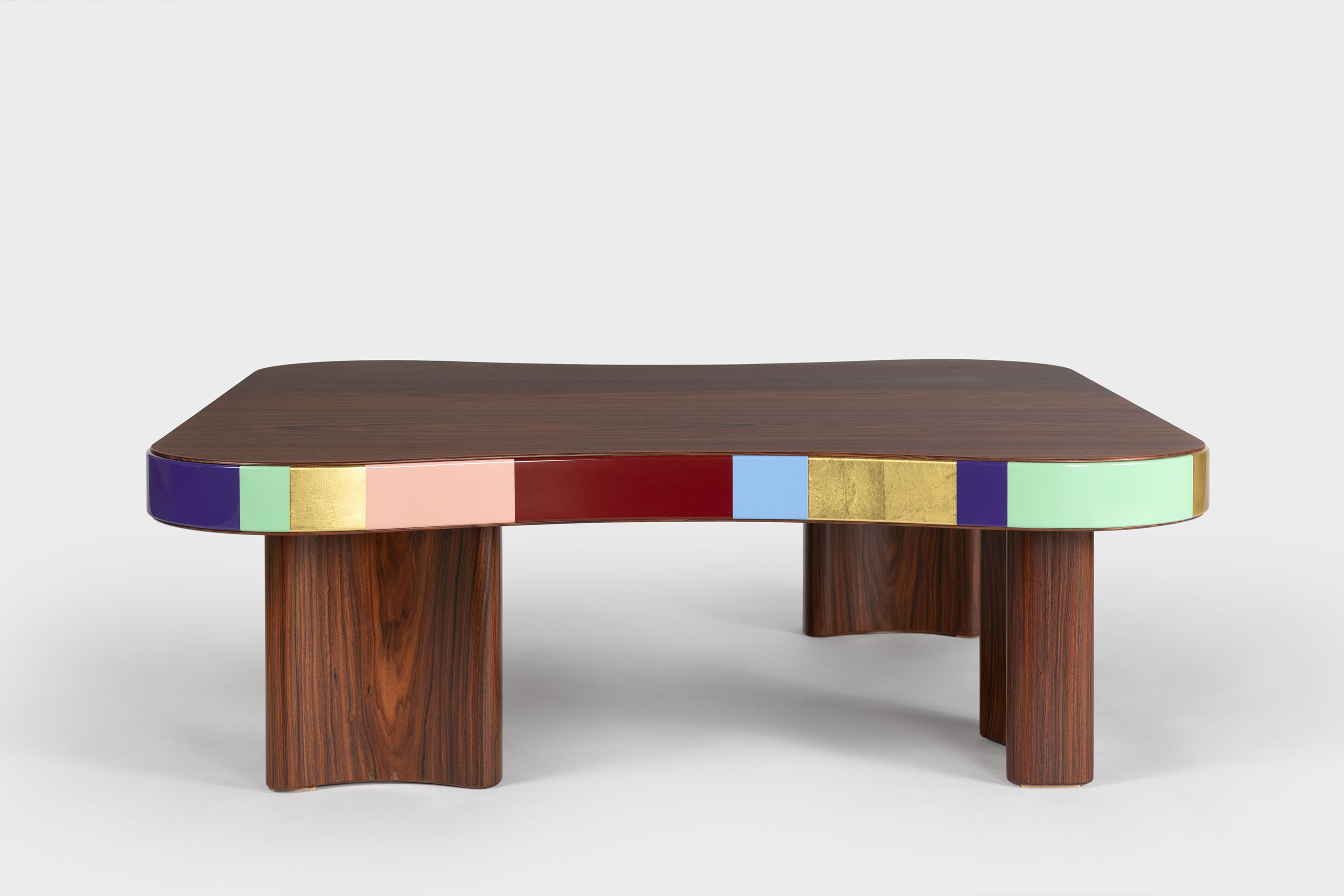
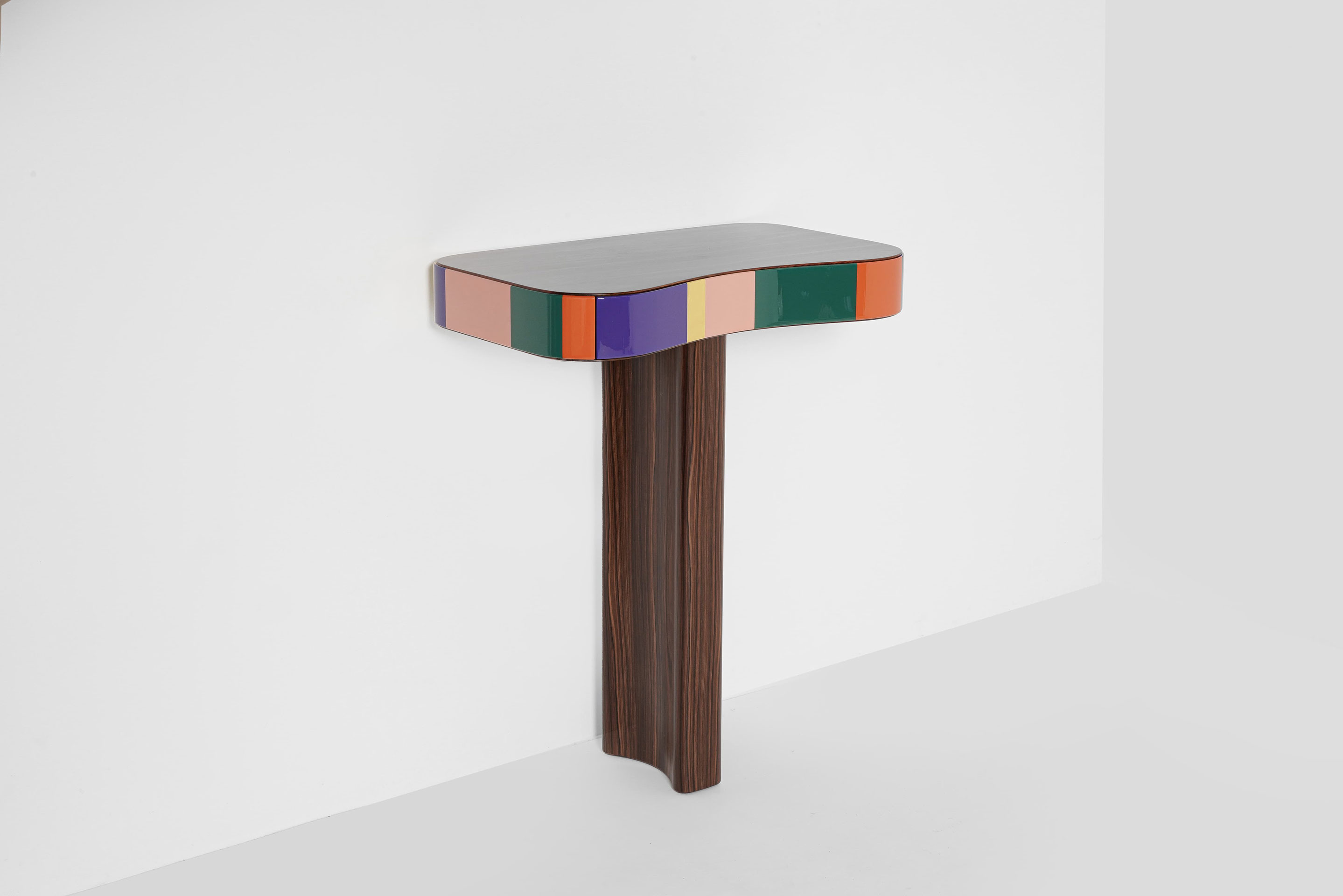
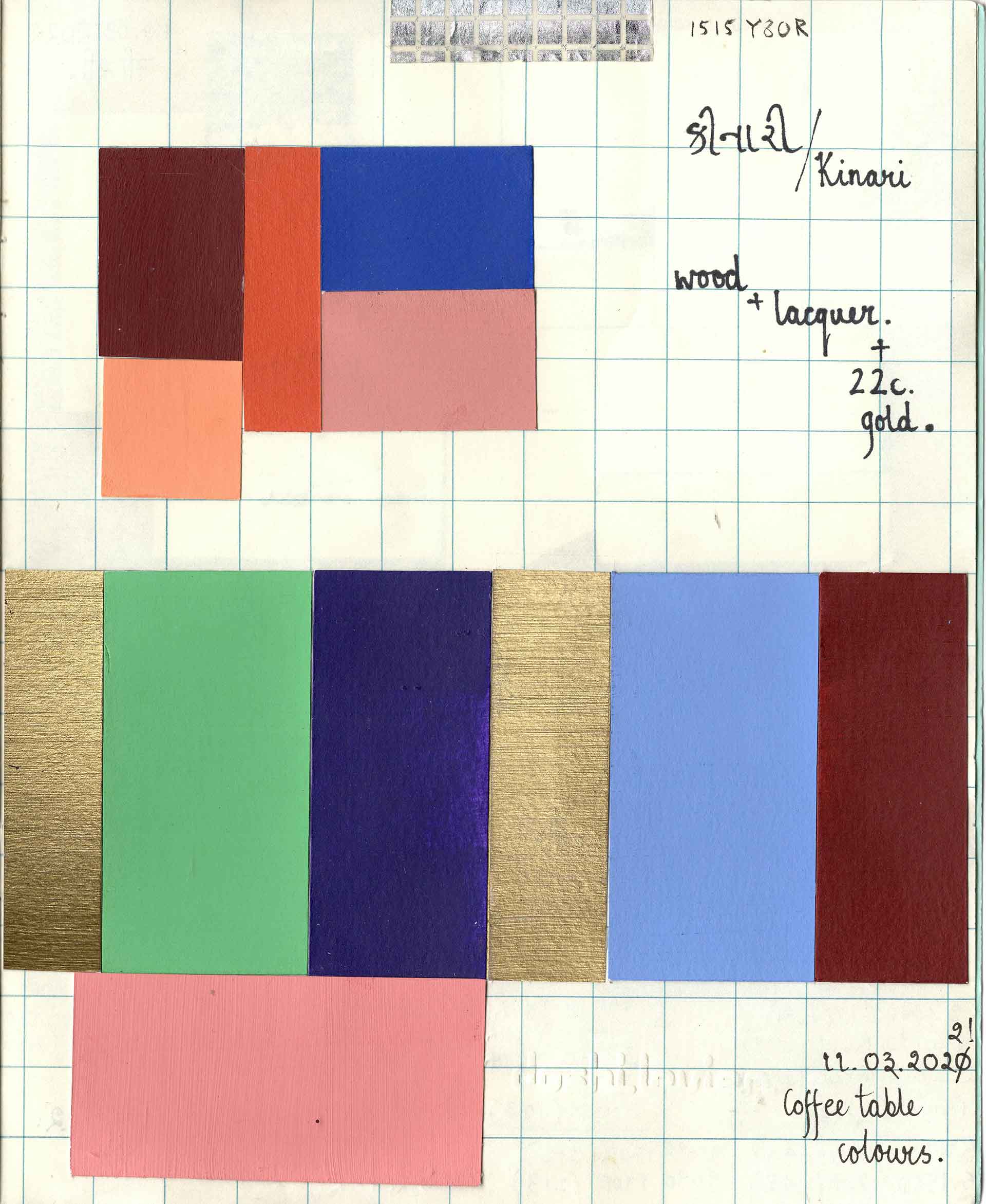
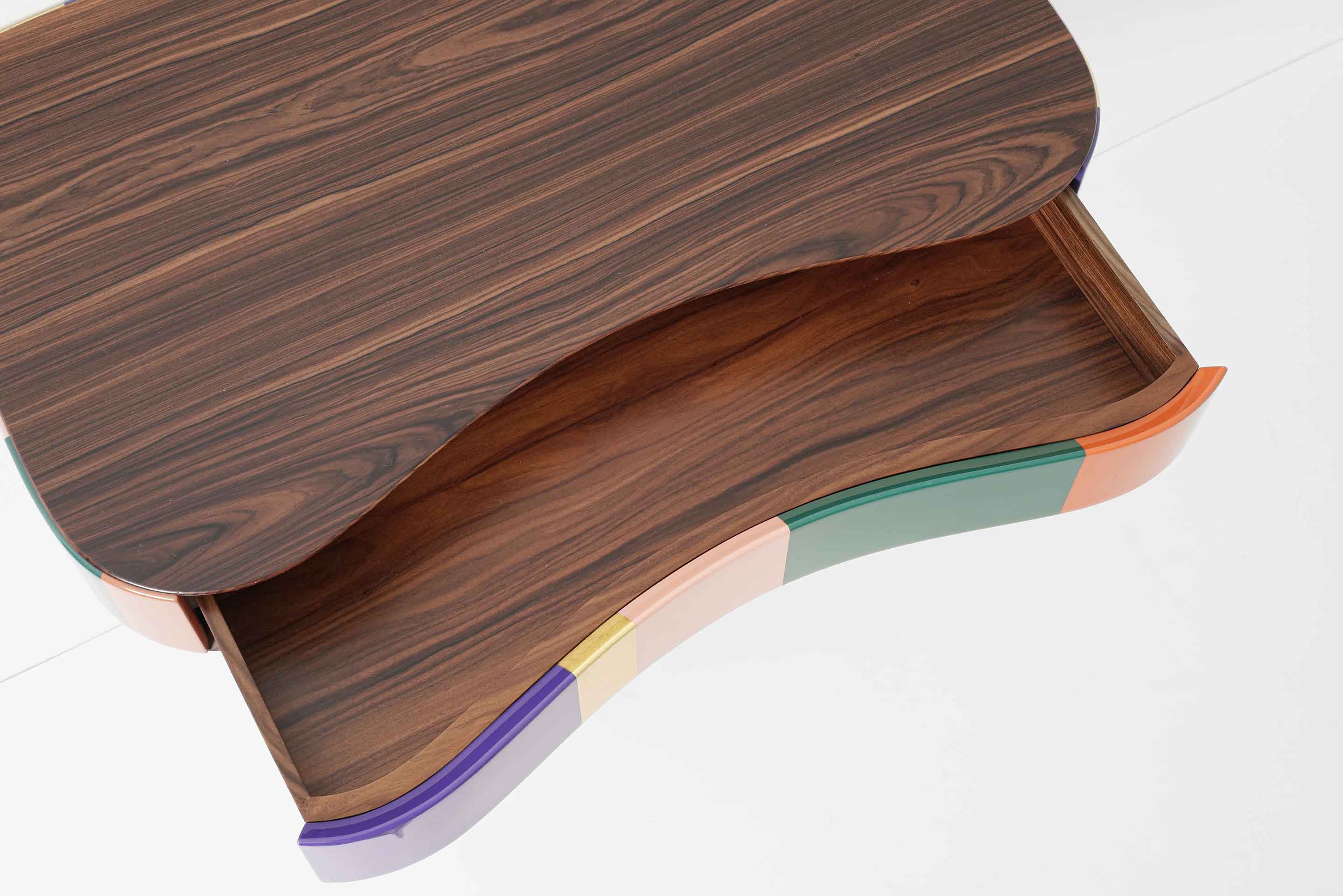
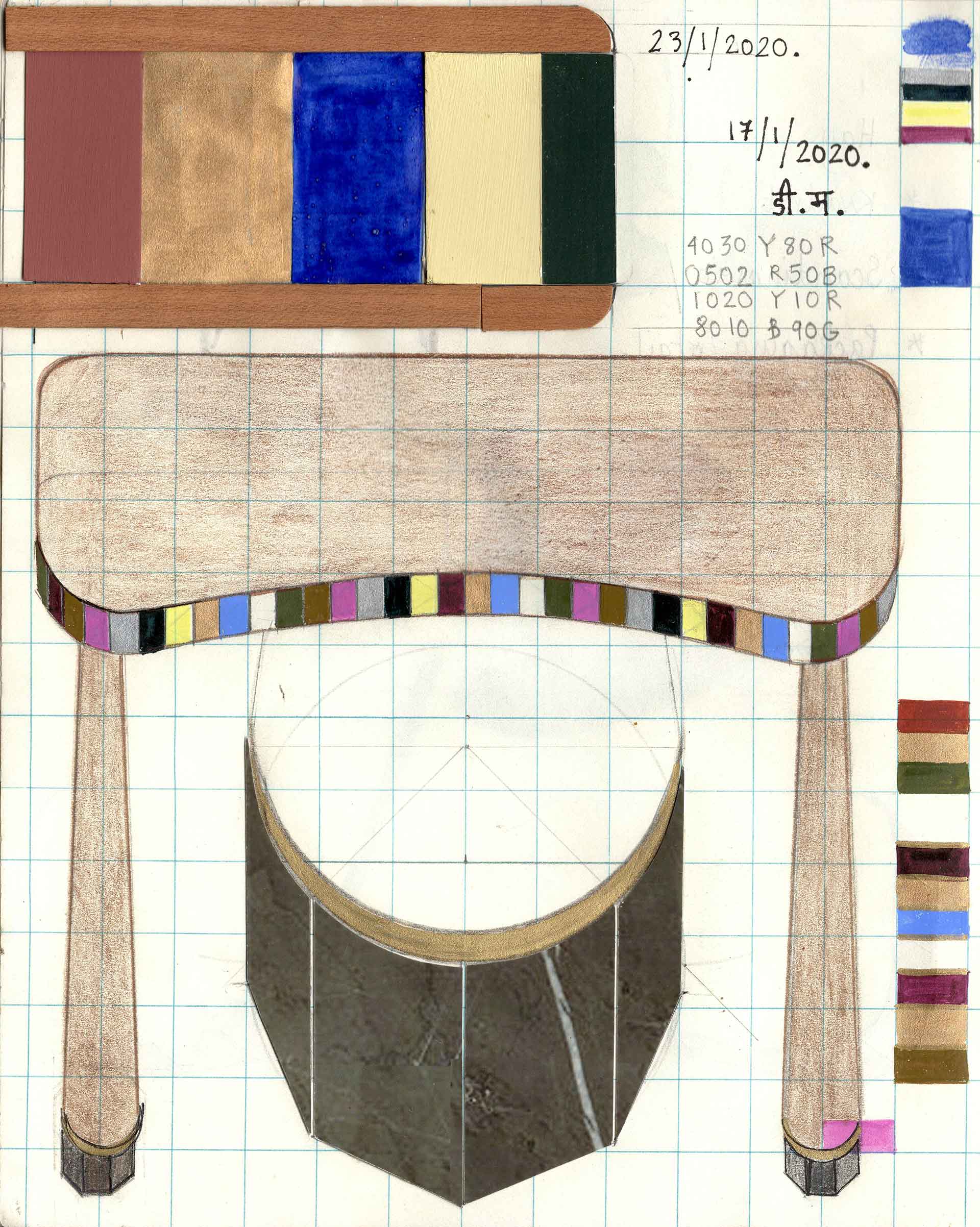
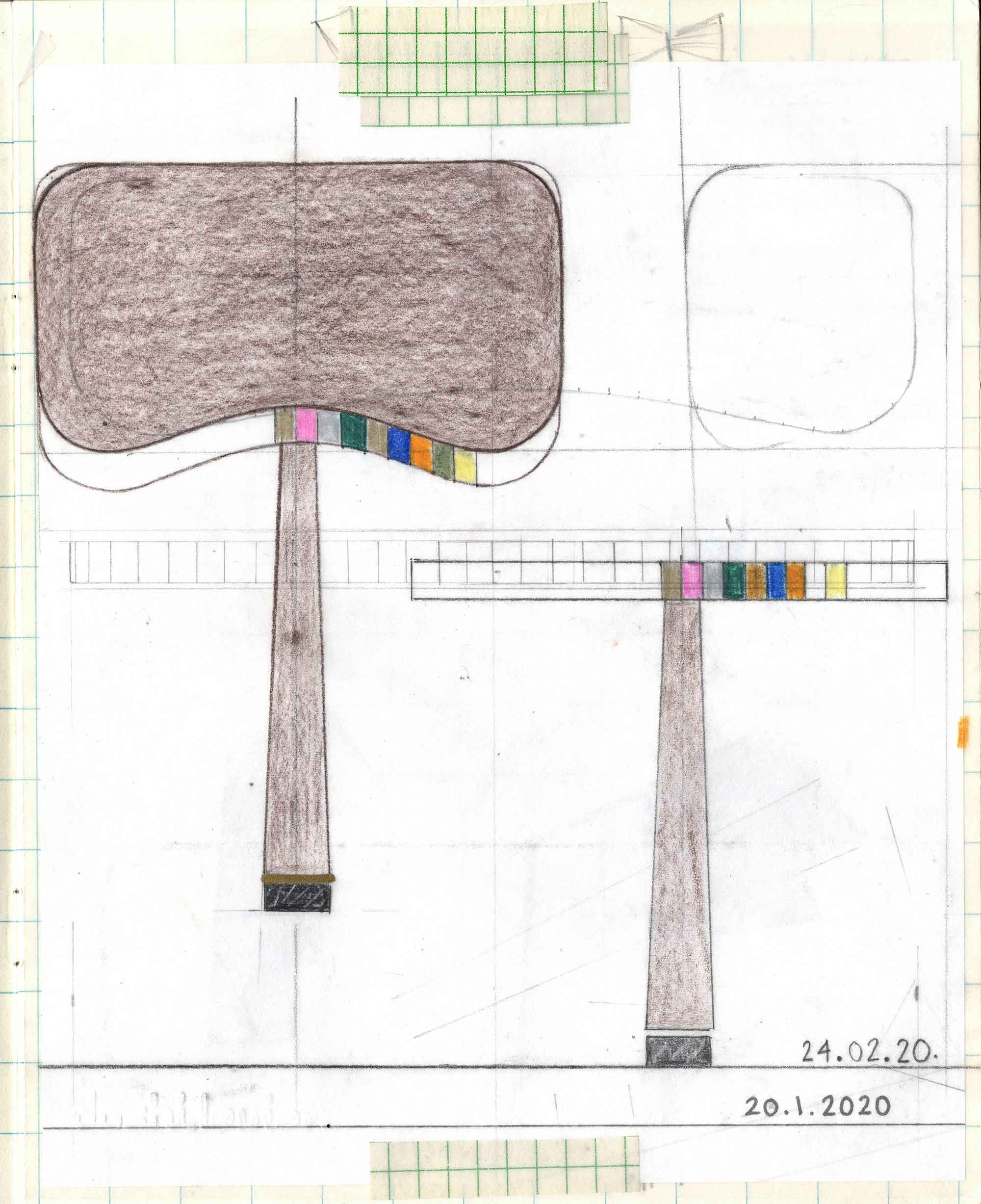






What do you think?